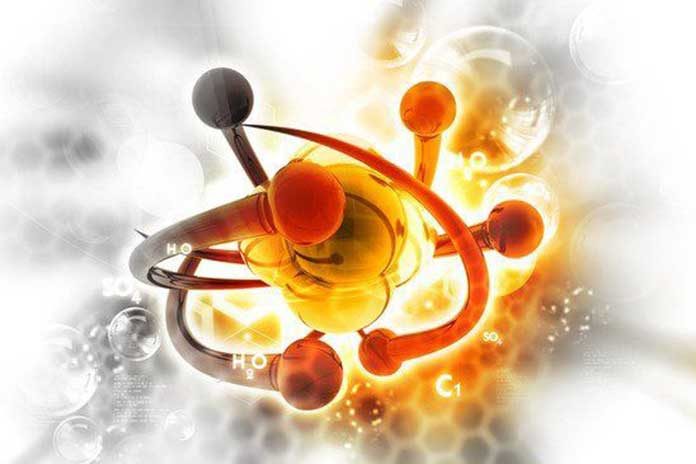A recent collaboration involving a team from the University of Nottingham and The Institute of Photonic Sciences (Barcelona, Spain) have created a new theory that sends temperatures to new lows with the largest precision allowed by the laws of Nature. The study shows the possibility of measuring temperatures below a billionth of a Kelvin (!) in a cold atomic gas without disturbing it significantly, beating current precision standards.
During the study, scientists modeled a Bose-Einstein condensate—a unique state of matter achieved by cooling an atomic gas down to extremely low temperatures—using realistic experimental parameters.
The thermometric procedure would work by embedding an impurity atom into the atomic condensate so that it secures data about the temperature of the sample through interaction. Specifically, its position and velocity become temperature-subordinate so that, by checking them, the temperature can be deduced with high exactness without irritating the condensate.
Ultra-cold atomic gases are an exceptionally flexible platform for various applications, for example, reproduction of strongly connected frameworks, quantum data processing or the generation of high-quality (cold) electron beams for electron microscopy or electron diffraction.
For the greater part of these applications, it is essential to chill off the nuclear gas to the least temperatures conceivable. Deciding the temperature of these systems precisely is additionally basic for applications.
Mohammad Mehboudi, the lead author of the paper said: “The most common thermometric techniques currently available for cold atoms are destructive; that is, the sample is destroyed as a result of the measurement. On the other hand, non-destructive techniques usually lack the necessary accuracy at very low temperature. Our research provides a solution that overcomes both of these problems.”
Outstanding experimental achievements allow nowadays high precision thermometry at very low temperatures. However, depending on the specific experimental platform, the underlying physical mechanism, accuracy, and effective temperature range of different thermometric schemes vary appreciably.
Dr. Luis Correa also worked in the study and points out: “The newly-developed theoretical framework of quantum thermometry seeks to determine the fundamental limits on the precision of temperature measurements close to absolute zero, and it applies universally to any system. Importantly, this can provide clues as to how to improve current low-temperature thermometric standards.”
The work has been published in the latest edition of the journal Physical Review Letters. The study was partly funded by the European Research Council, which provides grants for scientific projects that enable Europe’s brightest minds to tackle research challenges such as climate change, health and aging and economic governance.
